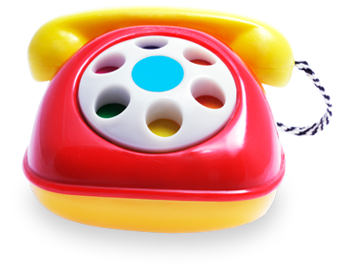In a properly functioning nervous system, the brain tells the bladder muscles to hold or release urine. When the muscles and nerves don’t work as they should, there is pressure on and damage to the kidneys. The birth defects or nerve injuries that cause neurogenic bladders are typically due to another condition, such as spina bifida, tethered spinal cord, spinal cord trauma, tumors in the spine, or birth defects that impact the anus.
Neurogenic Bladder in Children
A neurogenic bladder occurs when a birth defect or nerve damage causes the bladder muscles to stop functioning properly. This can result in urine leakage (urinary incontinence) and urine retention (when the bladder cannot fully empty). Urinary tract infections (UTIs) can also occur. In severe cases, the bladder can develop dangerously high pressures that can damage the kidneys.
While a neurogenic bladder cannot be cured, Duke pediatric urologists offer the most advanced diagnostic tests and treatment options. We help your child cope with the condition, manage the symptoms, prevent complications, and live a normal life. Our goals for your child are to protect the kidneys, prevent UTIs, and prevent urine leakage.
What Causes Neurogenic Bladder
Duke Health treats children with neurogenic bladder at locations in Durham and Raleigh. Find one near you.
Testing for a Neurogenic Bladder
Our providers will review your child’s medical history and complete a thorough physical exam to identify the underlying cause of their neurogenic bladder. Testing is performed to assess your child’s bladder control and design the best treatment options. Often, we will also address bowel function because constipation can affect bladder function.
Ultrasound
Sound waves create detailed images of the bladder and kidneys without using radiation. By accurately seeing the bladder and kidneys, we can detect changes before they permanently cause damage.
Urodynamic Imaging
Urodynamic imaging allows us to know how normally or abnormally your child’s bladder works and can help determine why leakage occurs and if kidney damage is more likely. A small catheter is placed through your child’s urethra while another is put into the anus. If needed, this can be done under sedation. The catheter is used to fill your child’s bladder with a salt-water solution and an X-ray-safe dye. Pressure measurements are taken in the bladder and bowels as it fills and empties during urination. Usually, X-rays are taken to get more information about the urinary tract as the bladder fills and to determine if conditions such as vesicoureteral reflux are present.

Duke Children's Hospital & Health Center is proud to be nationally ranked in 9 pediatric specialties.
Why Choose Duke
Researching New Kinds of Care
Our pediatric urologists are part of ongoing research programs supported by the Centers for Disease Control and Prevention to better understand and treat neurogenic bladder and the health issues that cause it, like spina bifida. This research helps our team stay on the cutting edge of new research and put new findings into practice.
Nationally Recognized Surgical Care
If your child requires surgery to treat neurogenic bladder, Duke is certified as a Level I Verified Children’s Surgery Center by the American College of Surgeons. This designation recognizes our commitment to providing the highest-quality surgical care to young patients.
Experts in Treating Conditions Related to Neurogenic Bladder
Duke Health is a designated Clinic Care Partner of the Spina Bifida Association, which recognizes hospitals and clinics that use best practices to care for people with spina bifida and associated diseases, such as neurogenic bladder.
